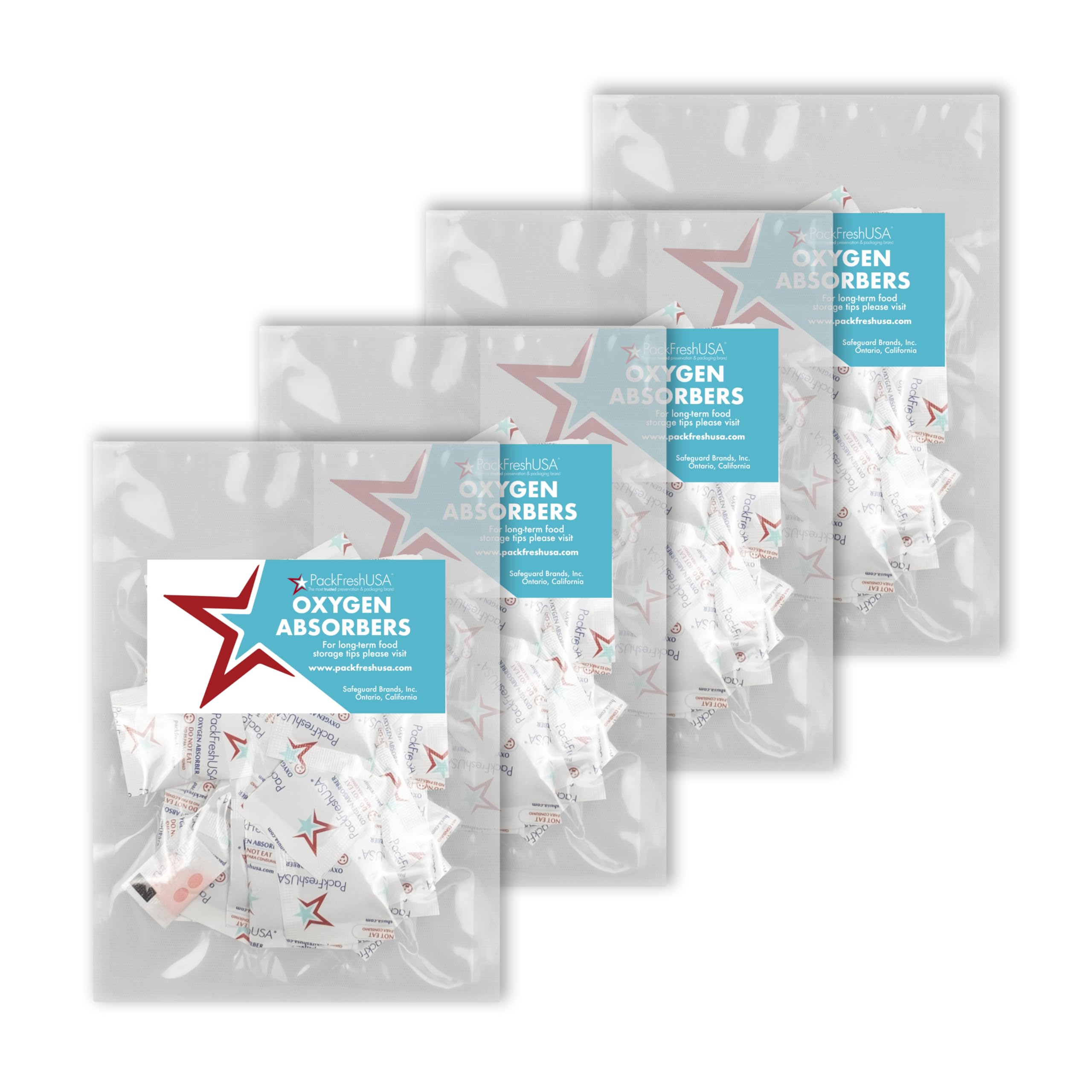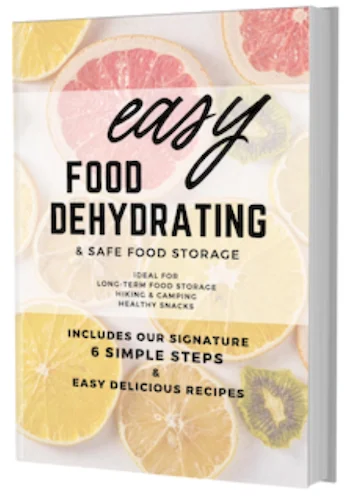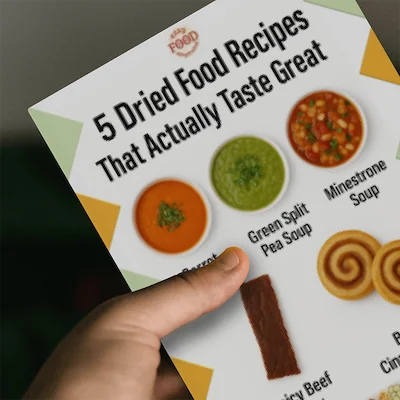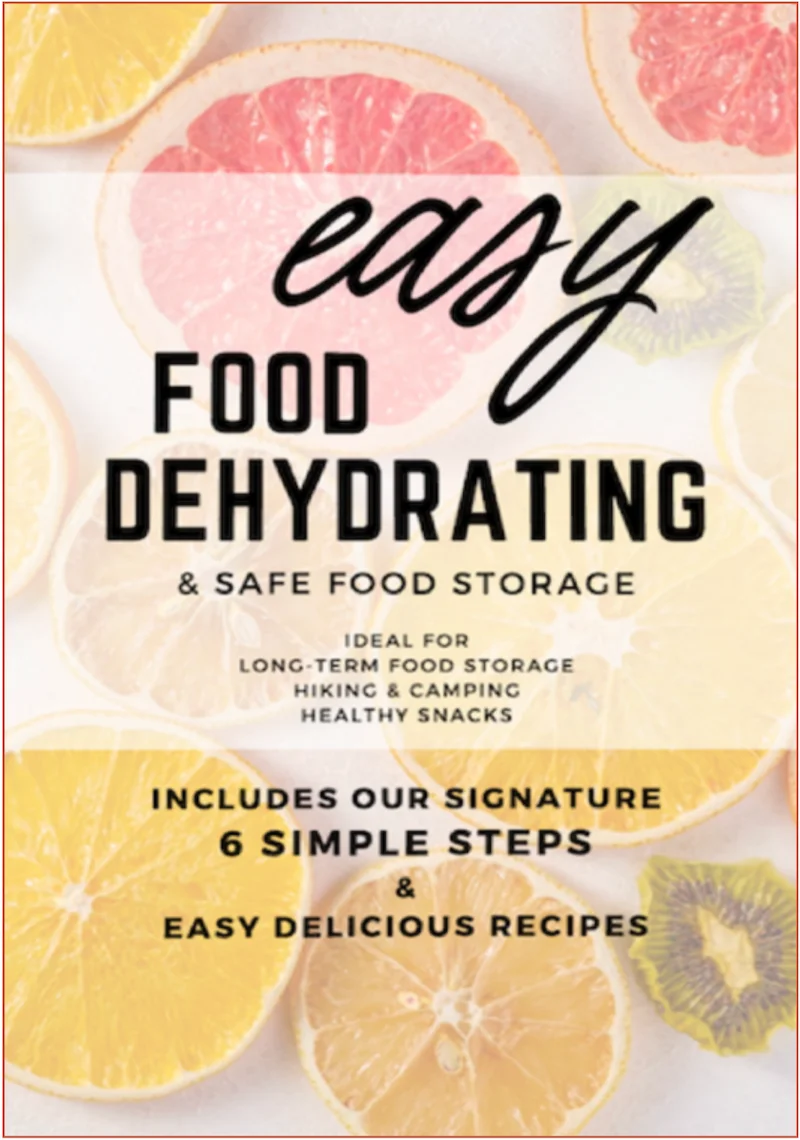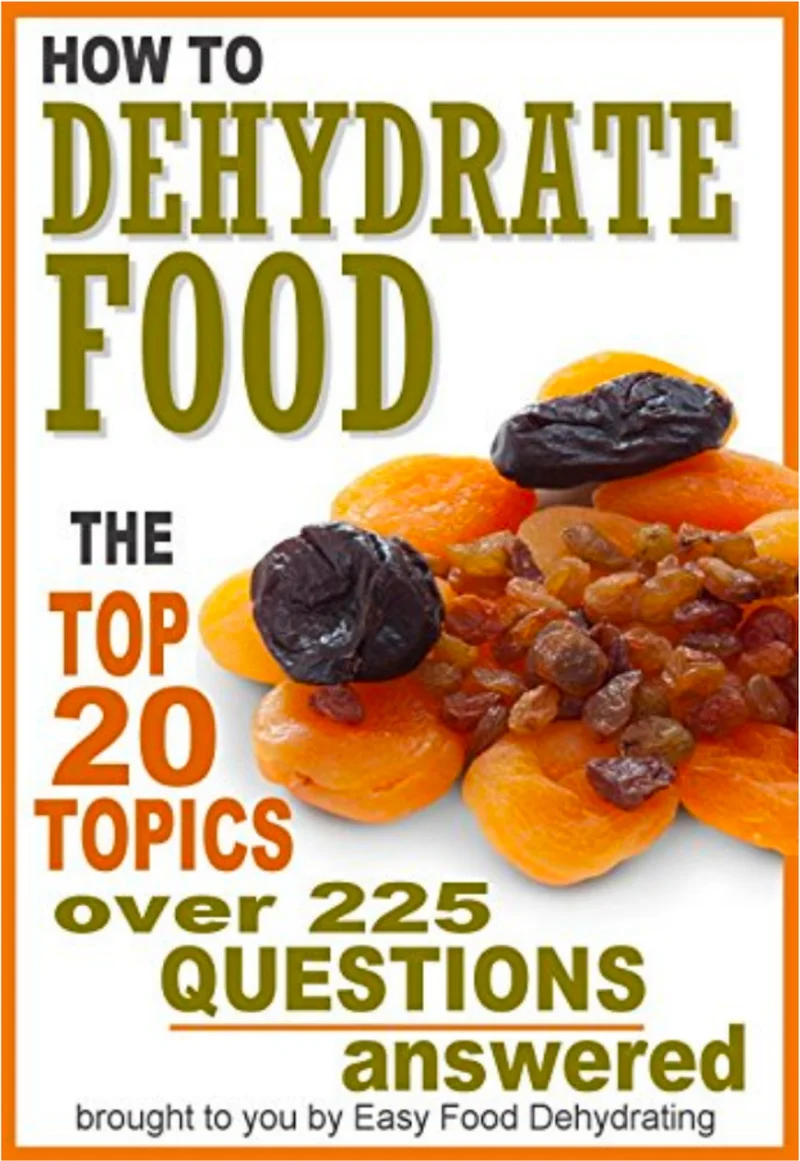What We Mean by “Dehydrate”
Here at Easy Food Dehydrating, “dehydrate” always means using an electric food dehydrator — the easy, reliable way to dry food at home.
- Home
- Why Blanch Vegetables Before Dehydrating
Why Blanch Vegetables
Before Dehydrating?

Blanching vegetables before dehydrating may seem like an extra step, but it’s the key to longer-lasting, better-tasting results. By briefly dipping vegetables in boiling water, you stop enzyme activity that causes spoilage, help lock in vibrant colors, and ensure your food dries evenly.
✅ Quick Answer: Why blanch vegetables before dehydrating?
Blanching halts enzymes that cause spoilage, preserves flavor and color, and helps vegetables dry more evenly. This prevents hidden moisture pockets that can lead to mold, making your dehydrated food safer and longer-lasting.
This small step makes a big difference in flavor, texture, and safe long-term storage—especially for veggies like broccoli, carrots, beans, and peas.
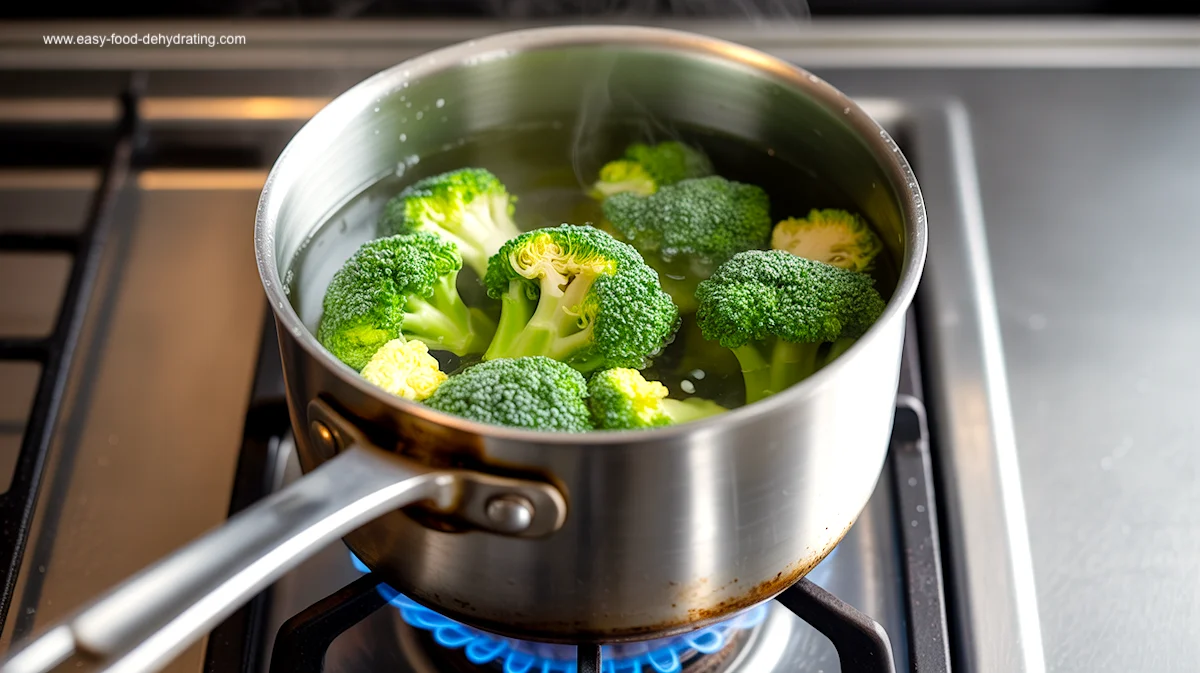
3 Essential Reasons to Blanch Veggies Before Dehydrating
- It’s important that we slow down the food-spoiling process and that's caused by the enzymes in the vegetables. Blanching helps to stop the enzymatic process, causing our food to spoil. Blanching helps to preserve the flavor, and the nutrients of the vegetables.
- Blanching aids in the actual food dehydrating process. I’ll go more into that shortly on this page.
- Blanching makes it easier to peel and remove the skin from the vegetables.
The Surprising Way Blanching Keeps Veggies Vibrant
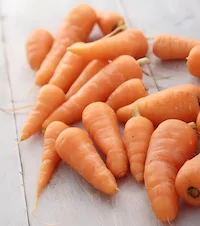
Another reason we blanch vegetables before dehydrating is that blanching helps keep the beautiful color of your vegetables.
Your zucchini and broccoli will remain bright green! Your carrots will remain a vivid orange! You get the picture...
Blanching also helps retain flavor.
Blanching Explained: Why It’s Different From Cooking
Blanching simply means dipping foods into small amounts of boiling water for a short time.
Remember, we're not cooking the food here—so a "short time" really only means less than a minute!
How Tiny Skin Cracks Speed Up Drying
For vegetables that have relatively thick skins (that we want to keep/eat), blanching creates tiny cracks in the skins.
These tiny surface cracks help dehydration to occur at a much deeper penetration level that’s more than just surface-skin deep.
The #1 Reason Blanching Prevents Moldy Veggies
For proper long-term storage, you must make sure the food you dehydrate has been “dried to the core,” if you will.
Why? You don’t want to end up with moist centers! A moist center will create a breeding ground for mold. And sometimes moist centers are simply NOT visible in large pieces of vegetables with thick skins.
Go and read the 'blueberry' FAQ where case hardening is explained.
Of course, we can ease that problem by cutting our vegetables into similar-sized strips before dehydrating.
After Drying: The Crucial Storage Step You Can’t Miss
We've spent time drying our foods, so don't forget to add an oxygen absorber and a desiccant package inside the food vacuum sealer bags before drawing out the air and sealin' it up!
A NOTE HERE about DESICCANT PACKETS
Use them in conjunction with Oxygen Absorbers.
Here's How and Why...
Best Oxygen Absorbers for Fresh, Safe Long-Term Storage
When to Use 50cc Oxygen Absorbers
50cc are perfect for small jars and containers. Ideal for keeping spices and smaller dried foods fresh.
Best Uses for 100cc Oxygen Absorbers
100cc are great for quart-sized jars and vacuum-sealer bags. The most versatile size for everyday use.
- PackFreshUSA Oxygen Absorbers
- 200-Pack
- Food-Grade, Non-Toxic
- Oxy-Sorb Oxygen Absorbers
- 100-Pack
- Long-Term Food Storage Freshness Protection
- Oxy-Sorb Oxygen Absorbers
- Bags of 20 (60 Count total)
- Super Effective for Dried Goods
- Oxy-Sorb Oxygen Absorbers
- Pack of 10
- I use these for airtight bins and buckets
As an Amazon Associate, I earn from qualifying purchases — this does not affect the price you pay. Read full disclosure.
As stated, make sure to add an oxygen absorber and a desiccant package to your dehydrated food packages BEFORE vacuum-sealing.
Oxygen absorbers do what their name implies: they absorb oxygen. They help inhibit mold growth - an essential factor for long-term food storage!
Free eBook: Master the 6 Simple Steps of Safe Dehydration
If you’re just starting out on your food-dehydrating journey, make sure you get our free eBook, Six Simple Steps. It takes you through the six necessary steps to dehydrate food safely at home.
Look, before the next big thing comes down the pike, akin to COVID-19—Ebola, or Poxes—and the like, make sure your food pantry is full.
Avoid a dismal shopping experience, staring at those empty sorry-looking shelves at the grocery store.
Go Deeper: My Complete Dehydrating & Storage Guide
Take a deeper dive into mastering food dehydration and storage with my ultimate guide: Easy Food Dehydrating & Safe Food Storage.
Available in multiple formats — eBook, paperback, and audiobook — this comprehensive guide shows you everything you need to know about dehydrating fruits, vegetables, and meats.
Inside, you’ll learn:
- How to pretreat produce and test for doneness
- Safe storage times and best practices for vacuum sealing
- How to use oxygen absorbers and choose the right storage containers
- Plus, tasty recipes for meals, snacks, and desserts from your dehydrated foods
Whether you’re a beginner or a seasoned pro, Easy Food Dehydrating & Safe Food Storage helps you save money, reduce waste, and enjoy nutritious homemade dried foods all year long.
Frequently Asked Questions
Why should I blanch vegetables before dehydrating?
Why should I blanch vegetables before dehydrating?
Blanching slows spoilage by halting enzyme activity, improves texture and color, and helps food dry faster and more thoroughly.
Do I need to blanch all vegetables?
Do I need to blanch all vegetables?
Not all! Focus on veggies like green beans, broccoli, cauliflower, peas, and carrots. Leafy greens or onions usually don’t need it.
Why does blanching help with case hardening?
Why does blanching help with case hardening?
It softens the skin and creates tiny cracks, allowing moisture to escape more evenly—preventing hard exteriors with moist middles.
What’s the best blanching method—boil or steam?
What’s the best blanching method—boil or steam?
Boiling is quicker, but steam blanching retains more nutrients. Either is effective as long as time and temp are correct.
Now that you know why blanching vegetables before dehydrating is so important, you’re well on your way to creating safe, colorful, and flavorful dried foods that last.
And to help you put your dehydrator to work, don’t miss the free 5 Dried Food Recipes You'll Actually Love PDF below. Inside, you’ll find my favorite tried-and-true recipes like carrot soup, minestrone, split pea soup, spicy beef jerky, and even banana cinnamon rolls!
Get 5 Dried Food Recipes You'll Actually Love
Here's where you can get your copy of our all new
5 Dried Food Recipes (That Actually Taste Great)
They're my all-time favorite easy dried food meals!
Get it here right now.
For Free!
Before You Go...
If you enjoyed this page, tap the ❤️ in the lower right-hand corner.
It saves this page to your Grow bookmarks so you can find it again later.
You’ll also see quick share buttons to copy the link, post to Facebook,
or save it straight to Pinterest.
